
Let’s be honest: it’s possible you’ve never had real Parmigiano-Reggiano
cheese. Or maybe you’ve eaten more of the fake stuff than the real thing, which is totally understandable. Say you’re at the store and you grab a wedge of what looks and smells like Parmigiano-Reggiano but is labeled “parmesan” instead… oops. Or say you’re out at an Italian restaurant and ask for extra grated parm on your penne alla vodka. It might taste and look authentic, but it very well may not be.
There’s so much to uncover about Parmigiano-Reggiano. Every detail, from what the cows eat, how and where it’s made, to the aging process is what makes this cheese special. So let’s take a big bite out of this salty cheese—here are seven things you maybe didn’t know about Parmigiano-Reggiano.
Parmigiano-Reggiano and parmesan aren’t the same thing
The “fake stuff” is usually labeled parmesan. With parmesan,“there’s no aging requirement, [and] bovine milk used to make an American version can come from anywhere…” according to Rosemary Trout, Program Director and Associate Clinical Professor of Culinary Arts & Food Science at Drexel University. The milk could range from skim to whole, and a chemical called “lipase powder” is used to split the milk along with a commercial starter. Also, a low-grade Parmesan cheese won’t have an amino acid called tyrosine that forms tiny crunchy crystals as the cheese ages.
There’s a consortium for Parmigiano-Reggiano
The Consorzio del Parmigiano-Reggiano is a governing body that comes up with and enforces rules on how the cheese is made. According to Nicola Bertinelli, president of the Parmigiano-Reggiano consortium, it consists of 309 dairies. The master cheesemaker of each dairy works year-round pumping out cheese wheels while following specific processing and inspection guidelines. As you can tell, Italians take serious pride in their cheese.
Parmigiano-Reggiano is a protected cheese
If you’ve ever wandered through an Italian grocery store, you’ve probably seen the DOP acronym. DOP stands for “protected designation of origin” and it’s like a stamp of approval for food products. Real Parmigiano-Reggiano has to come from “Parma, Reggio Emilia, Modena, Bologna to the left of the Reno river and Mantua to the right of the Po river,” according to the consortium. The land where the dairy cows graze, where the cheese is made, matured, and packaged has to all be in that designated area. Anything marked DOP is the real deal, so next time you’re buying Italian products look out for this.
It’s a hurry-up-and-wait kind of production
Production takes place 365 days a year. Cows are milked twice daily, at night and in the morning. Milk, rennet (a stomach enzyme from a mammal), and a bit of whey (leftover liquid) from production the day prior are combined in large copper vessels until small curds form. Cheesemakers break up the curds, heat it, and let it cool before removing the mass into two separate molds and labeling. At this point, the molded 39.9-kilogram or 8- pound wheels are doused in salted water for flavor before maturing for up to at least one year. But this doesn’t mean the Parmigiano-Reggiano is ready yet.
Everything you need to know about the cheese is in the rind
Many varieties of cheese have a special rind, like red wax on gouda or natural mold on brie. Parmigiano-Reggiano rinds have an engraved name. Once Parmigiano-Reggiano is divided into molds, “a casein plate with a unique and sequential alphanumeric code is applied to each wheel,” according to the consortium. This is so the wheel can be traced after it leaves the facility. And of course it’s dated and tagged with a factory registration number in addition to its iconic dotted name.
The inspection process is very serious
In order for the cheese to leave the production facility, it must go through “quality inspection” which the master cheesemaker handles by using a unique hammer. By listening closely, they check for potential defects. Once the Parmigiano-Reggiano wheel passes inspection it’s ready for distribution. But what happens to the wheels that don’t pass inspection? “All identifying marks and signs are removed from any wheels [that] do not meet the DOP requirements,” says Bertinelli. And the cheese is sold as something entirely different.
It’s a pretty sustainable cheese
As if Parmigiano-Reggiano wasn’t cool enough, its production benefits other food systems in Italy, like the meat industry. Whey byproduct is used to feed pigs that make prosciutto di Parma and Prosciutto di San Daniele.
“Whey is a nutrient…it has beneficial effects on the animals, increasing the digestibility of the nutrients and bringing about a significant improvement in the quality of the fat cover of the meat,” says Ilaria Bertinelli, one of the official guides of the Consorzio del Parmigiano-Reggiano. The rennet used in making Parmigiano-Reggiano comes from calves’ stomachs. The calves are not slaughtered for this purpose alone; the rennet is a byproduct of slaughter.
Only one place in the world produces Parmigiano-Reggiano (say it with me: Parm-e-giano-Reg-e-giano, and make sure to roll those R’s). It’s been made the same way in a region around the provinces of Parma and Reggio Emilia for over 1,000 years. And you can enjoy the real stuff right here in the U.S., or wherever you live, if you just pay attention to the label. According to the consortium, “In 2022 alone, the United States imported 13,981 tons of Parmigiano-Reggiano!” Clearly, some people know to look for the real thing!


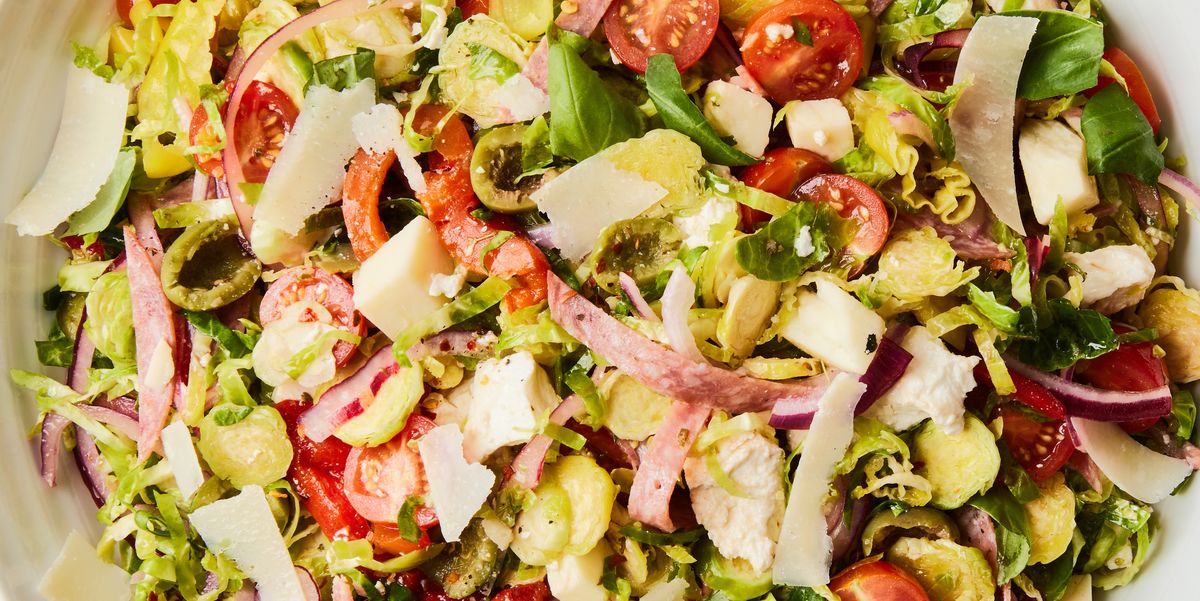
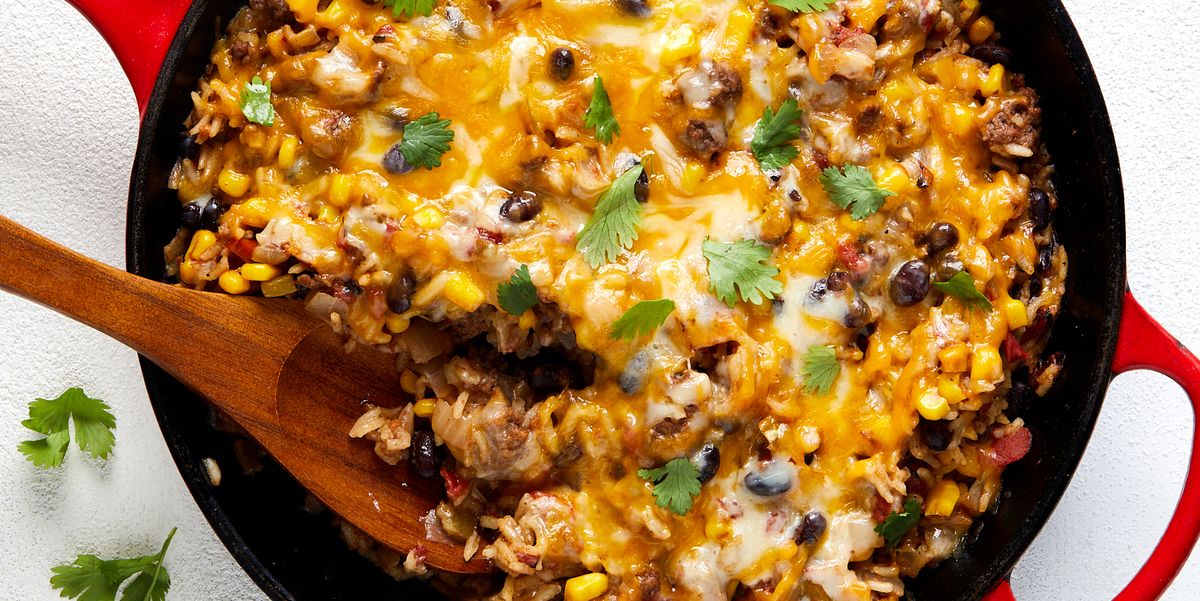



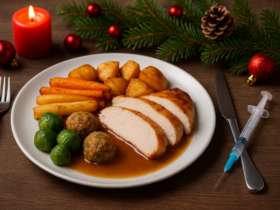






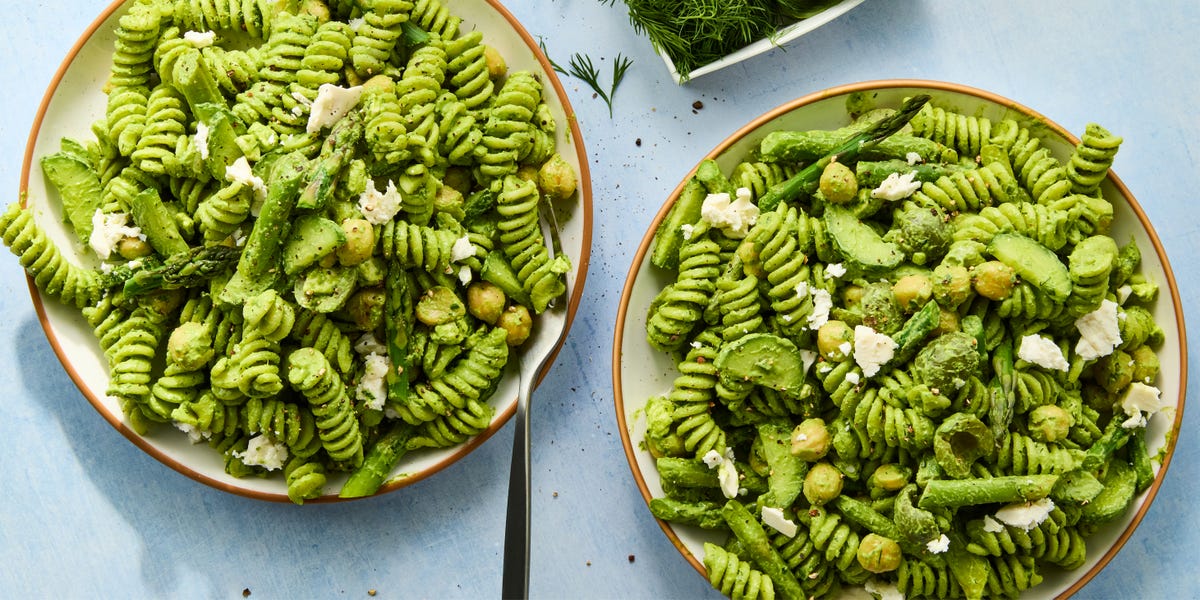

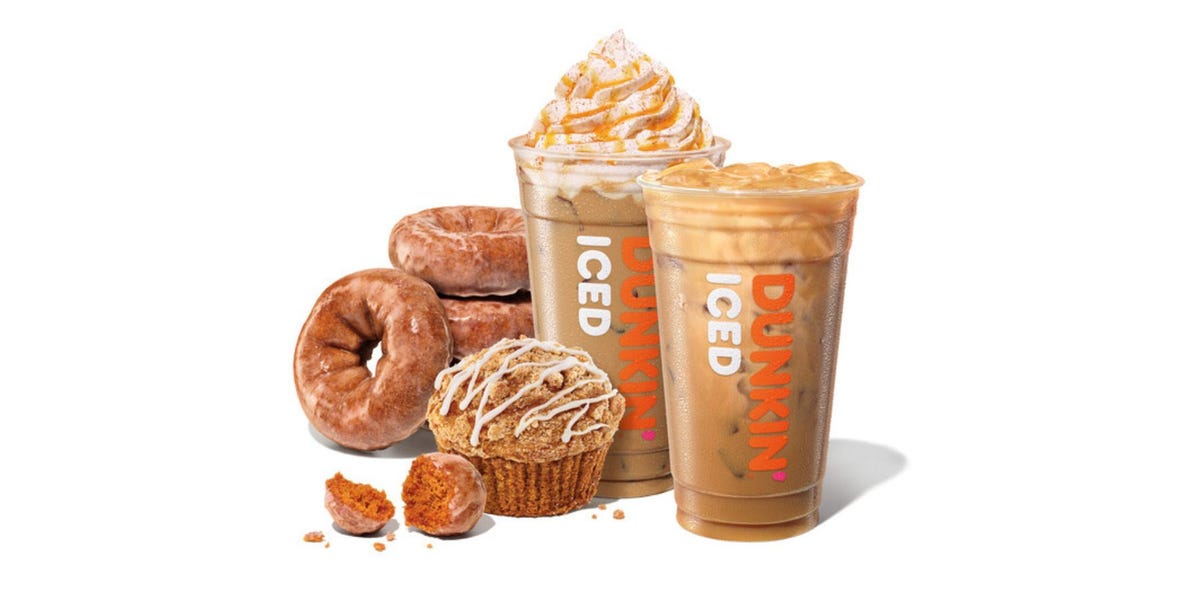

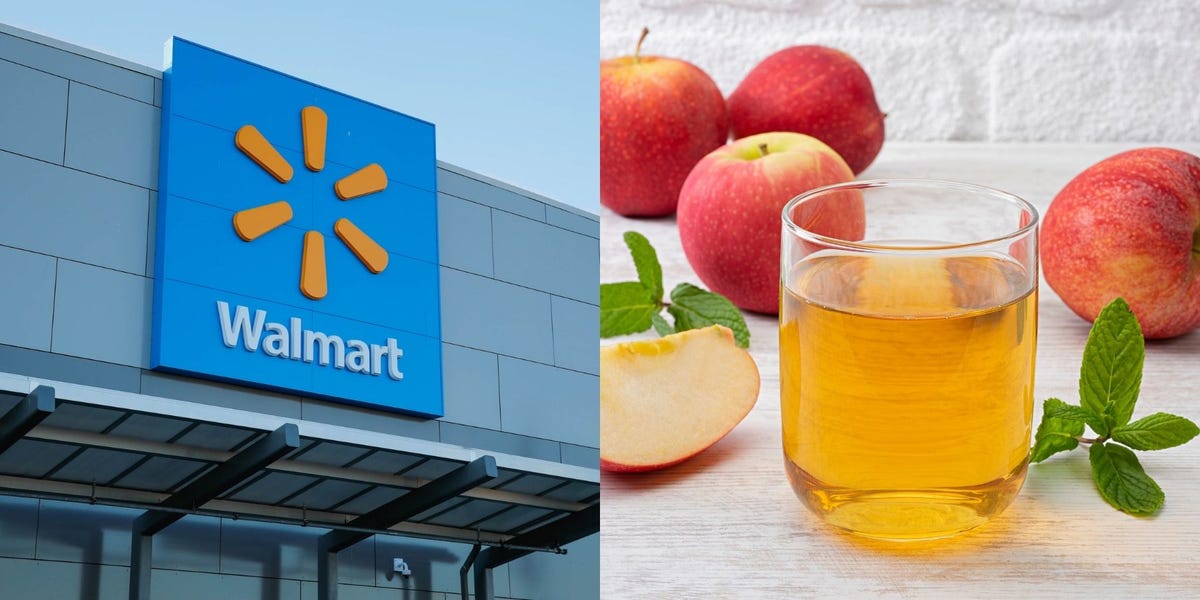

Leave a Reply